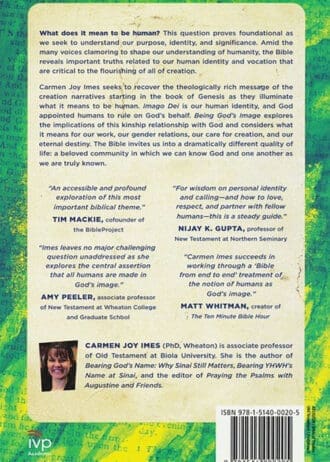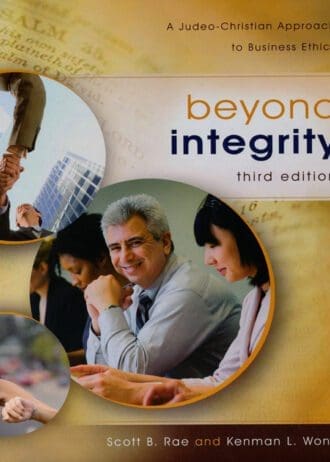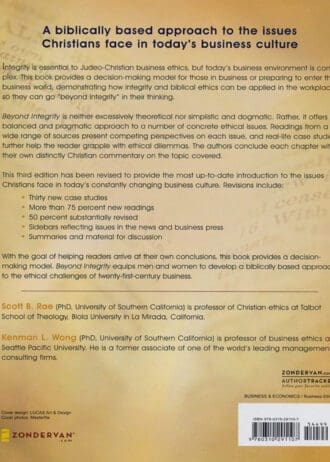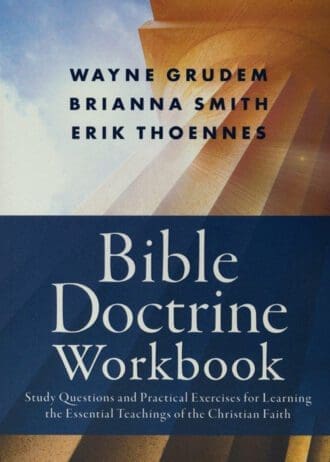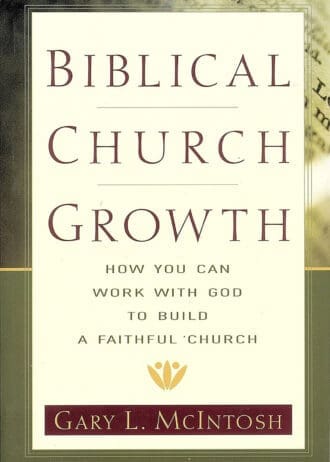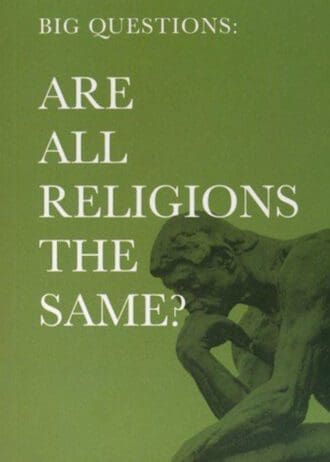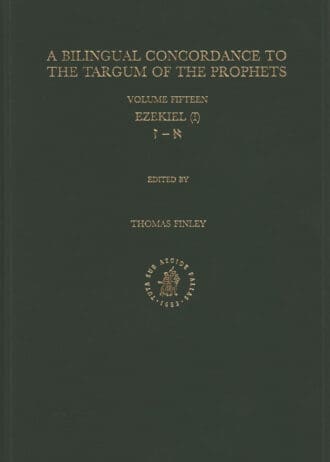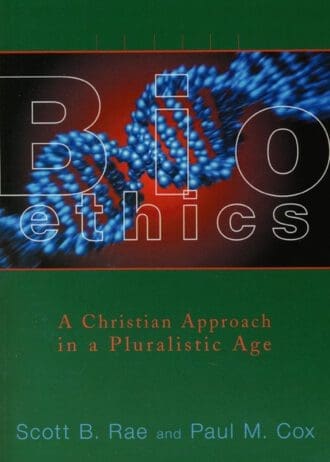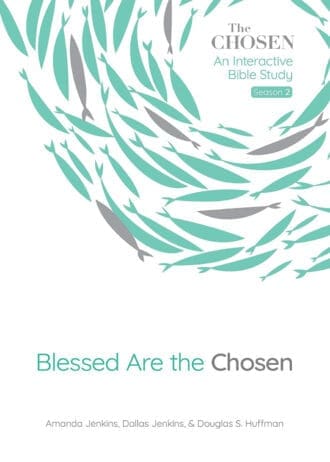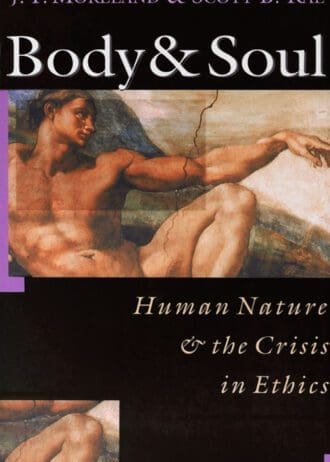Beauty Is Soul Deep
Being a teenage girl is tough–beyond the stereotypical issues of hair, clothes, and boys. Under the surface of a girl’s life, you’ll find her dealing with a wild mixture of low self-esteem, jealousy, temptation, frustration, depression, fear, and longing. She daily fights the battle of image, searches for authentic relationships, and longs for unconditional acceptance and love. In this collection of one hundred eighty poignant and moving devotionals, leading Christian women–some teenagers themselves–address key issues and offer relevant guidance to nurturing a relationship with God. . .and consequently a rich inner life. Includes selections from singers Rebecca St. James and Stacie Orrico, 9/11 widow Lisa Beamer, author Shirley Dobson, best-selling teen fiction author Robin Jones Gunn, Mother Teresa, and many others.




